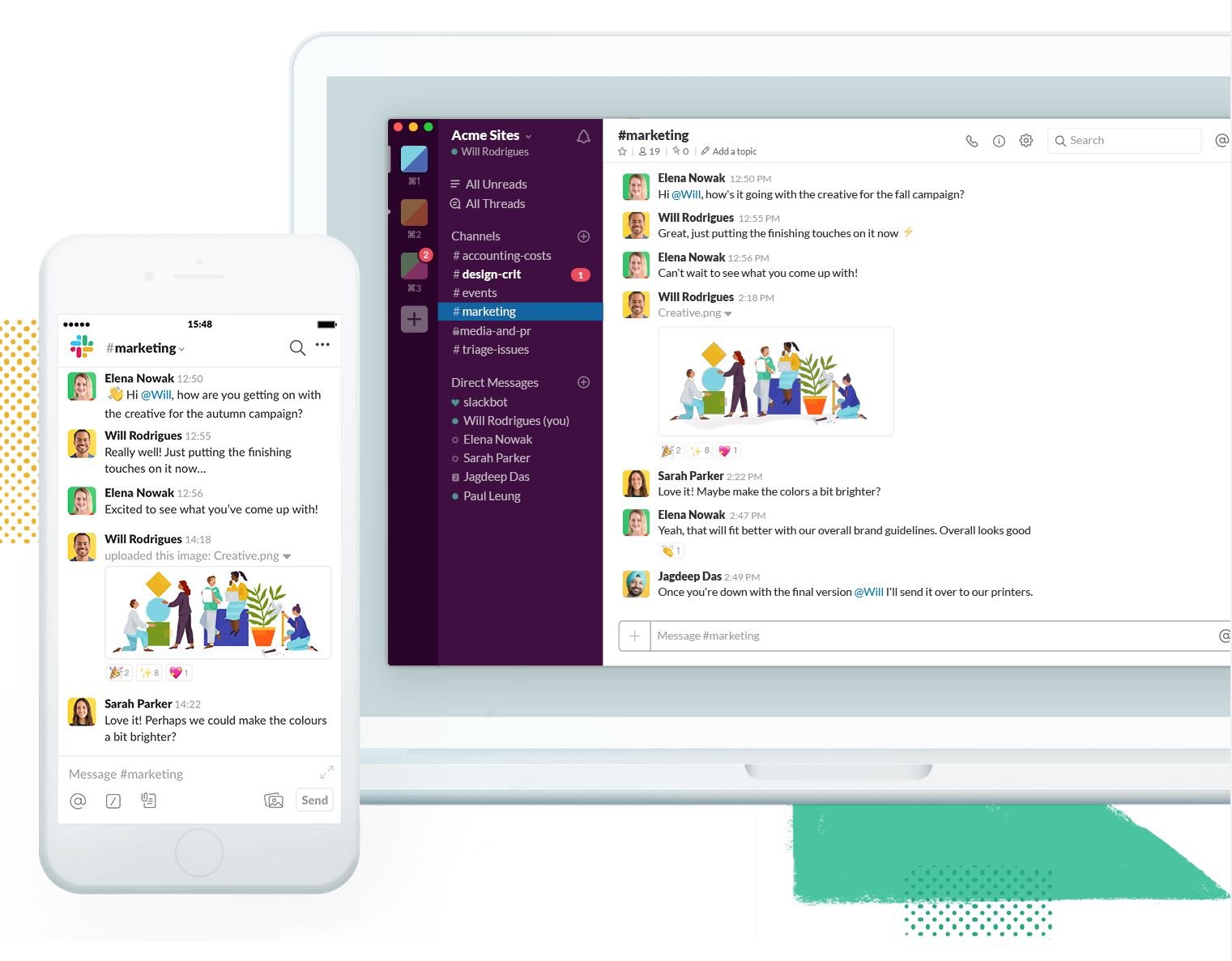
Current affairs have meant companies are reluctantly forcing themselves to embrace their teams working remotely, even if they don’t want to. However this is not a new concept for so many workers, 70% of people work remotely at least once a week, with 53% working remotely for at least half the week.
Some believe that ‘working from home’ is a cop out. However there are little excuses for not working at home with the technology and software that is readily available to download for free.
This blog runs through 5 tips to help you manage your team remotely-successfully- including the must have tools.
1. Make Goals With A Weekly Action Plan
The first thing to point out is these are your employees or colleagues, you may have worked with some for years and others only weeks. Either way your CEO’s or managers shouldn’t be hiring people if they don’t trust them to do the job, regardless of their location.
If there is a doubt in your mind about an individual then try to structure their week with them, breaking down those tasks by day. Then your staff have a goal for each morning or afternoon. If they finish their work with time to spare then more for them.
Working from home has actually been said to increase productivity, no more making cups of tea for the whole office, walking to the printer and taking a detour to ask your colleague what they’ve got for lunch.
2. Meet Face To Face
This brings me onto the second point, video meetings. They are so easy and quick to jump on, you can check in with your team effortlessly. Be sure to schedule a time when you’re going to catch up.
Although you might want to catch people out, you have to remember that you can’t see that they’ve just popped to the toilet or to go and make a drink. Things that are normal in the office, need to be normal at home. Don’t make your team feel like they can’t leave their seat.
Zoom is a video meeting platform that is used worldwide. Although Skype is more well known, after using both platforms, I’d never use Skype again.
Zoom lets you schedule meetings, send a link to your attendees, they can jump on without having any software downloaded, or jump on via there phone through video or call (handy if you’re driving). You can also share your screen, take remote control of someone else’s screen and record the whole meeting, save taking notes.
Conference calls are a thing of the past, they’re old and clunky, you don’t know when to talk or if someone else is going to jump in and it’s stressful. By seeing everyone you read peoples body language, it’s much more personal and it makes meetings super easy.

3. Be Sure To Not Overwork Yourself or your team
As odd as it sounds, working from home can have implications on your mental well-being. People that work from home a day or two a week may not experience it, but working all week from home can be lonely.
Personal experience has made me work for way later than I normally would as I’m already home. There’s nowhere to go. Unless you have other appointments or responsibilities that need immediate attention, it’s quite easy to just carry on working.
As good as this is for your productivity, it can make you feel like you’re chained to your laptop so make sure to put in place time boundaries that you don’t work past. In the day try and take a walk on your lunch break, it splits up the day and also makes you take a fresh look at your work.
4. Respect Office Hours
For many, working from home saves them a lot of time they’d normally spend travelling, you can eat your breakfast whilst you check your emails and you don’t have to go anywhere. This can sometimes mean people start working earlier than they normally would.
On the flip-side others may work later in order to start later the next day. Be careful with this as customers and clients won’t want to be receiving emails at 9 o’clock at night. Try to limit your emails to normal working hours and do other work out of hours.
It’s also not fair on your colleagues if you’re only conversing for select hours in the day. Make it clear to your team the hours they need to be present and online and keep an eye out for those that are working for too long.
5. Invest In The Right Tools
Without the right tools none of this is possible. As mentioned Zoom -a video meeting tool-is essential to staying connected and ensuring your team is getting that human interaction.
The second most important tool you and your team need is a task management platform. There are free ones such as Trello that you may use already. Monday and Click Up are more advanced and offer transparency on who is working on what and what stage they’re at.
They also help to bring the conversation off email and onto each task, allowing you to tag people into the conversation and assign others to tasks.
As a manager, tools like this are priceless, you get a complete overview of who is doing what and by when. You can even track time or allocate time to each task to help manage workload and capacity planning.
Slack is another great free tool you and your team should use to communicate, you can create boards and have different channels with selected members.
For example, you could have an installation team channel, marketing, sales, customer service and all staff channel. Allowing everyone to be in the loop without the unnecessary ‘Hi Karen, Hope you’re well, actual reason for emailing, kind regards’ every time you need to discuss something. It cuts out the chit chat and gets right to the point.
6. Make Time Just To Catch up
Remote working can be lonely, adding to the anxiety and mental impact of the COVID-19 crisis.
Just take 15 minutes each day to catch up as a team by video or conference call to keep everyone's spirits up and have an informal chat.
A bit of banter, a few smiles and a laugh can make this whole situation far more tolerable for your team.
Conclusion
Companies worldwide champion remote working, allowing them to hire people from anywhere in the world. For many companies, the person has to be right, not their location.
Video meetings allow for such a personal interaction that some companies have colleagues that work together everyday but have never met in person.
Having the right tools, a structure, trust and communication is key to successfully having your team work remotely. Support them and make sure they’re comfortable with how it’s working, ask them how it can be improved.
Some people will struggle with working from home and may not realise it till they’re forced to. It can be lonely, especially for those characters that thrive off other people. If so make sure to check in with that person at least everyday, have 30 minute morning meetings to run through what everyone’s working on and even make time for non work conversations.
If you have traditions at work such as every Friday you go to the pub, then make sure you designate that time in for your team to chat like they normally would, about what they’re watching on Netflix or how their dog is.
If you make your communication with your team too heavily work related, they may dip in their well-being. You have these conversations at work anyway so why not from home?


